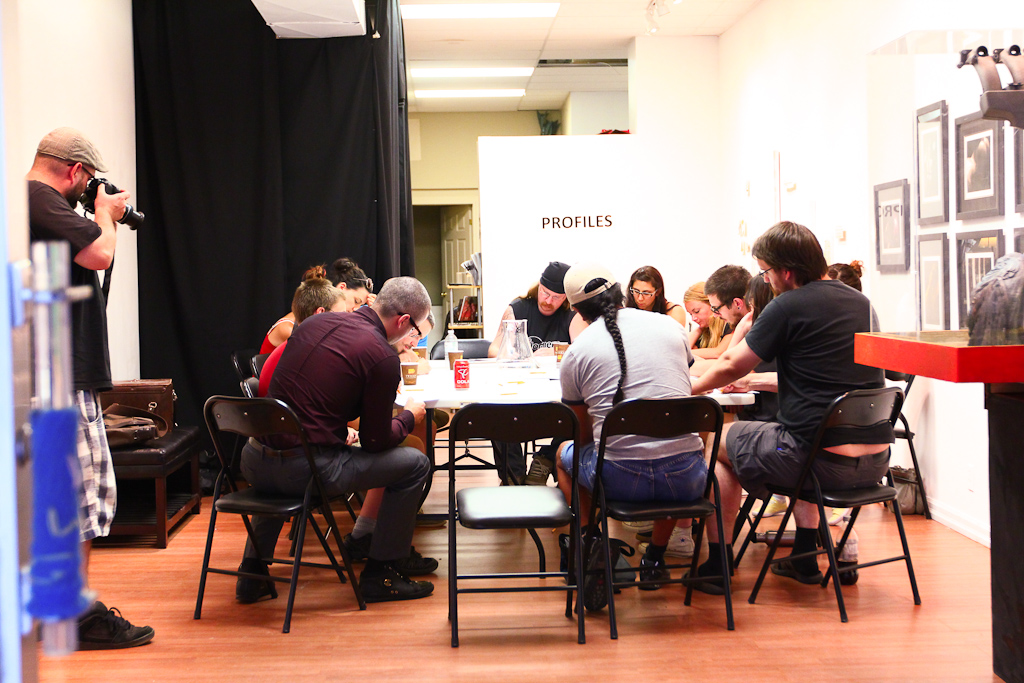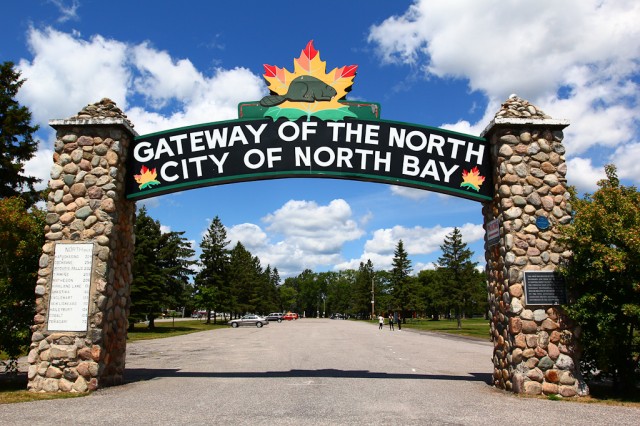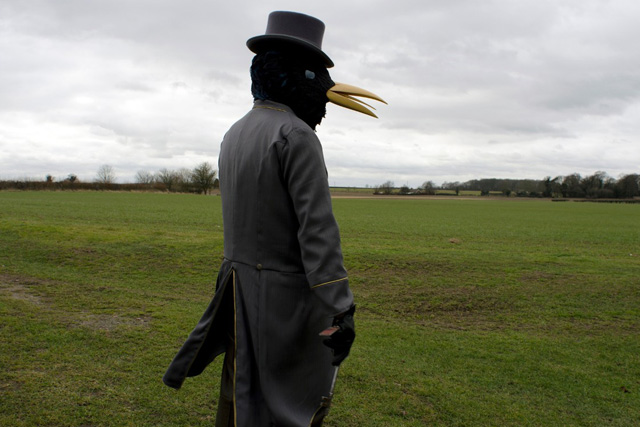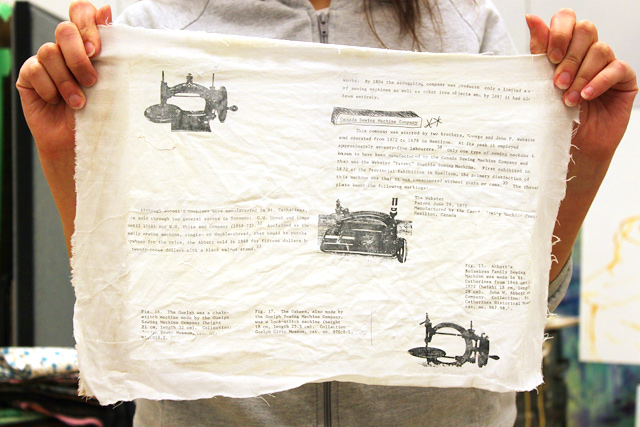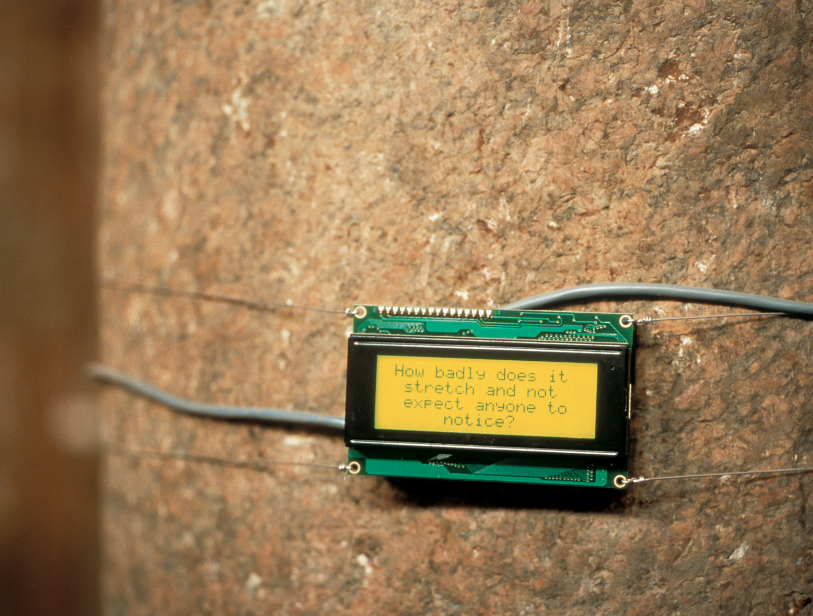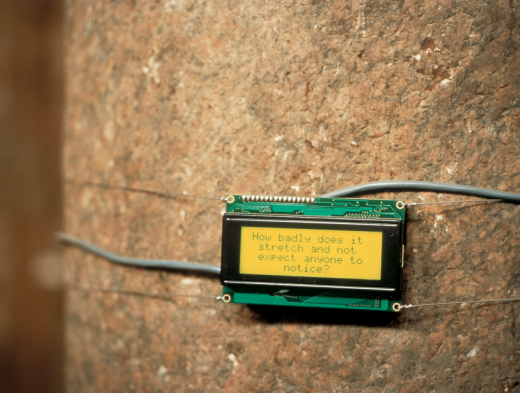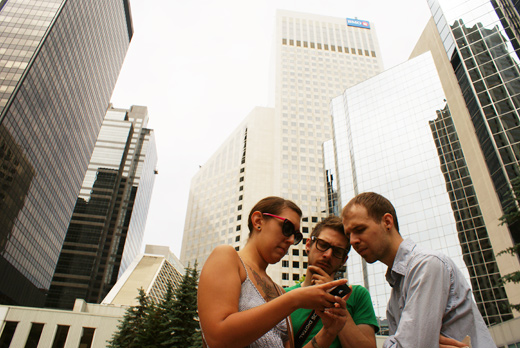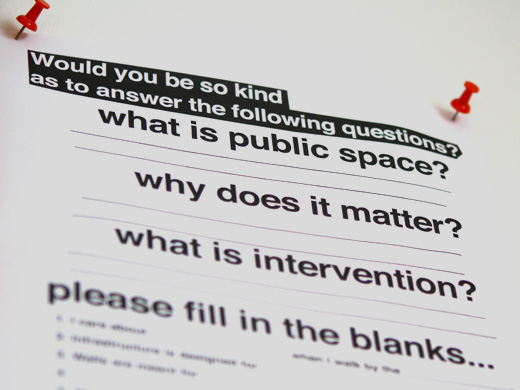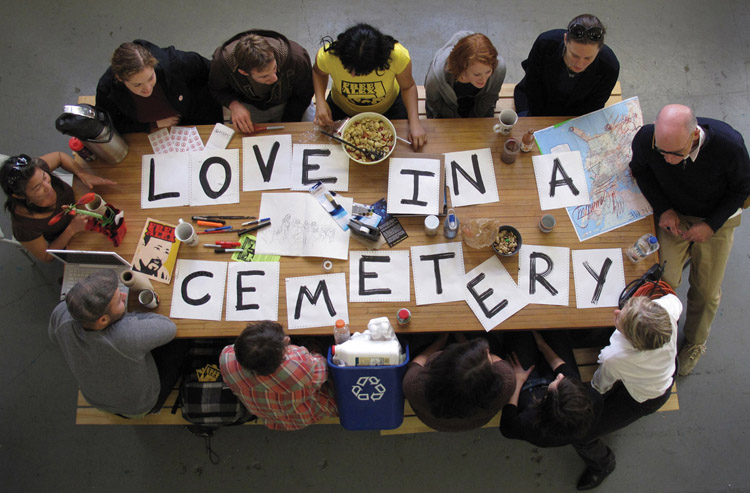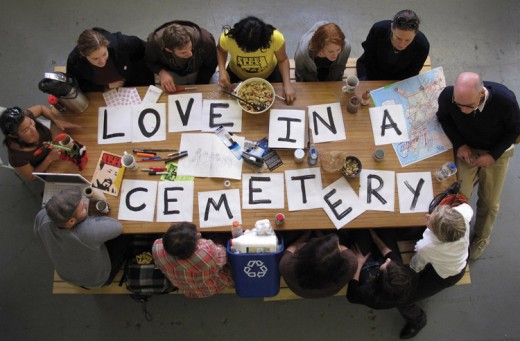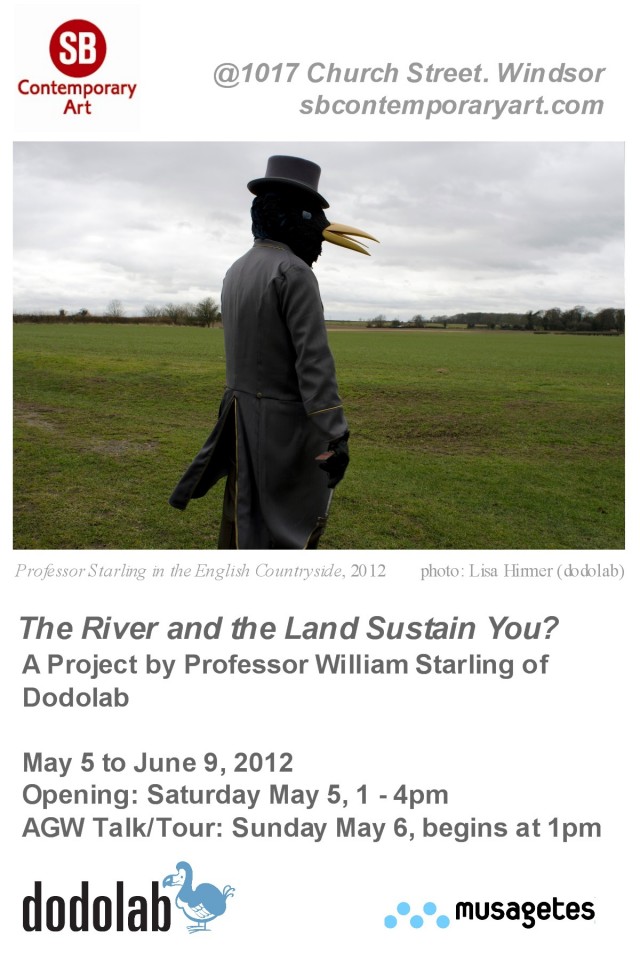
This is going to be an incredibly fun project! Our friends at DodoLab finally return to Windsor, make sure you check it out!
A Project by Professor William Starling of DodoLab
May 5 – June 9, 2012
Opening Reception: Saturday May 5, 1-4pm
AGW Talk/Tour: Sunday May 6, begins at 1pm
DodoLab and SB Contemporary Art are pleased to announce the visit of the eminently knowledgeable Professor William Starling to the city of Windsor. Prof. Starling has been discretely visiting Windsor over the past two years to study and converse with the vast flock of his species mates that now roost in the understory of the Ambassador Bridge. While his kind is in shocking decline in his home range of Northern Europe and the United Kingdom, starlings remain ubiquitous across North America where the vast undulating clouds of birds (called murmurations) can be a common occurrence, particularly in the Windsor area.
While studying the starling community around Windsor’s Ambassador Bridge, the situation on the adjacent Indian Road with its long line of boarded up and empty houses came to his attention. Starlings frequent this neighborhood, and so the professor has been developing a rich inter-species narrative of adaptation to changing environments and the phenomenon of “invasive species” and habitat loss (his areas of expertise).
Professor William Starling’s activities are in conjunction with Windsor’s Mayworks 2012. His stay here includes this exhibition of creative research material from a recent visit to the UK as well as an exhibition tour/talk of Land Marks: Contemporary Photographs from the Art Gallery of Windsor’s collection. The professor can also be found on Sunday morning 11am to 1pm, strolling the Riverside between the Ambassador bridge and the AGW.
Please find below a letter from Professor William Starling to the Citizens of Windsor. We are looking forward to his visit here in Windsor and we hope that will be able to welcome the Professor this Saturday May 5 at SB Contemporary Art. Or, tour and visit with him at the Art Gallery of Windsor on Sunday May 6 afternoon as he discusses the Landmarks collection exhibition. This tour is free to the public and begins at 1pm.
An excerpt from the letter:
Dear Citizens of Windsor, It is with great pleasure that I, the eminently knowledgeable Professor William Starling, have the distinct opportunity of informing you of my recent visits of investigation to your fair city. I have been fortunate, on numerous occasions, to secure handsome lodgings in this city’s centre and it has been my intention to initiate and engage in various forms of inter-species dialogue, to share my extensive knowledge of (and ongoing research on) adaptation to changing environments, the phenomenon of “invasive species” and habitat loss. It is my hope that my presence is welcomed and that some of you will wish to be my guide as I explore the city and that you will even deem it proper to share with me your thoughts in response to the following query.
Dear Windsorians, your official city motto states “The River and the Land Sustain Us” yet I have been set to wonder if this statement still rings true to you or if you require something more? What would this new element of sustenance be? You may respond to my question in one of two ways, by sending me a message at professorstarling@gmail.com or by visiting SB Contemporary Art where the good people of DodoLab have kindly designed and provided for us some lovely black paper starling silhouettes. I would like to request that you take the opportunity to record on said silhouettes that which you feel truly sustains this city today and for the future. Your Starling will be added to a rather unique exposition that opens this coming May 5th and continues through June 9th.
This exhibition is in conjunction with Mayworks Windsor 2012. Please see website for listing of events http://www.artcite.ca/mayworks/
